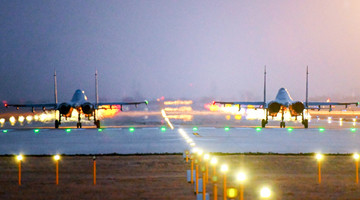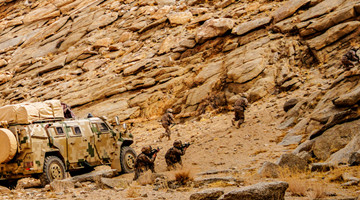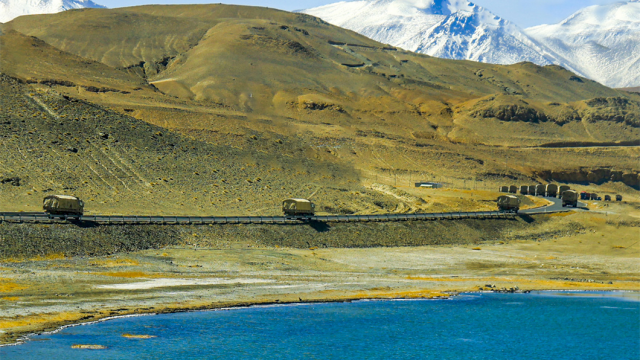By Li Jiacheng
The transfer of wartime command from the U.S. to the Republic of Korea (ROK) has always been an important issue in the relations between the two countries.
According to a report published by JoongAng Daily of the ROK on May 16, citing the ROK Defense Ministry as saying that the U.S. has suggested to move the ROK-U.S. Combined Forces Command (CFC) to Camp Humphreys in Pyeongtaek, Gyeonggi Province, rather than moving to the Defense Ministry of the ROK. General Robert Abrams, commander of the ROK-U.S. CFC and the United States Forces Korea (USFK) who took office in last November, recently delivered his proposal to the ROK during a meeting with the Defense Minister Jeong Kyeong-doo.
The ROK side plans to convert the United States Army Garrison Yongsan into a park, but the buildings of the CFC headquarters constrain the reconstruction project. Consequently, both sides had agreed, after the ROK Defense Ministry’s proposal, to relocate CFC to a building inside ROK Defense Ministry in central Seoul by the end of 2018. But this time, General Robert Abrams obviously changed the idea. Since the ROK was the initiating side of the event, it seems difficult to refuse the U.S. relocation proposal to Pyeongtaek.
The USFK moved its command and other commanding agencies to Pyeongtaek in June 2018. If the CFC is also moving to Pyeongtaek as suggested, it will have a tremendous negative impact on the ROK’s process of taking back wartime command.
On the one hand, the relocation is not conducive to the ROK’s command work. The ROK government plans to complete the transfer of wartime command before May 2022 in preparation for the chairman of the Joint Chiefs of Staff of the ROK to serve as the commander of the ROK-U.S. Combined Forces before Moon Jae-in’s first term as president ends in May 2020. If the CFC moves to the U.S. military camp in Pyeongtaek, the chairman of the Joint Chiefs of the ROK will have to travel between Seoul and Pyeongtaek, which will cause great difficulties for his work. It is also more likely for the USFK commander to participate in and influence the command work of the ROK-U.S. Combined Forces. In addition, it is also unrealistic to choose another senior officer of the ROK military to serve as the commander, because it will most likely bring confusion to the command and communication system within the ROK armed forces.
On the other hand, placing the CFC in the U.S. military camp will allow the U.S. to maintain control of the ROK military. In terms of its defense, the ROK has relied heavily on the U.S. military force located in the ROK for a long time. Even if the U.S. finally hands over the wartime command to the ROK, the ROK cannot afford to undertake its own defense affairs independently. Therefore, the USFK precisely took advantage of the demand and proposed to move CFC to the US military camp.
Leaders of both sides will have to decide where to relocate the CFC at the U.S.-ROK Security Consultative Meeting (SCM). The discussion on the work at the staff level will also continue.
If the CFC is eventually relocated to Pyeongtaek, the “national defense autonomy” and “strategic autonomy” that the ROK government seeks will likely vanish like soap bubbles. The structure of the “U.S. commands and ROK follows” alliance will continue to exist. It is still difficult for the ROK government to break away from the influence of the U.S. in politics and military affairs.
(The author is a researcher at the Northeast Asia Research Institute of Liaoning University and a researcher at the Charhar Institute)









